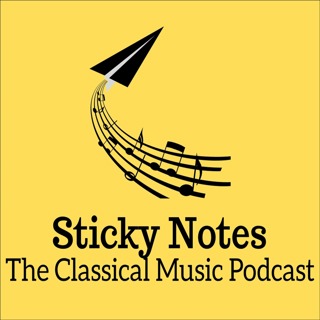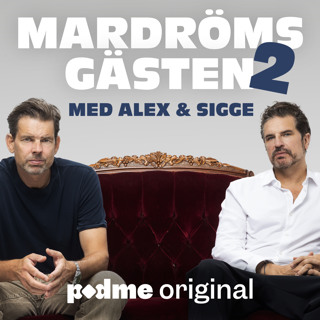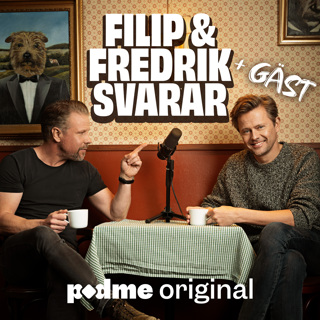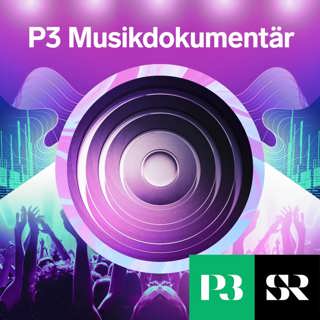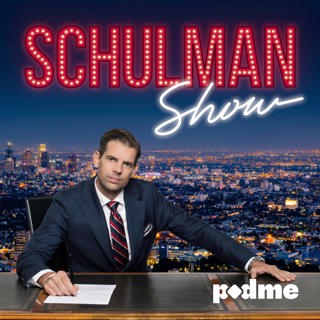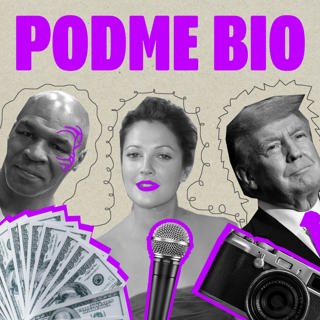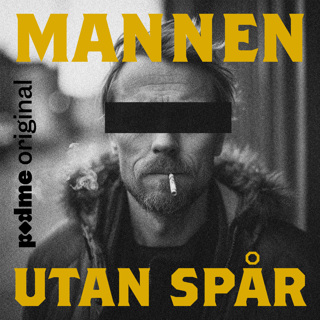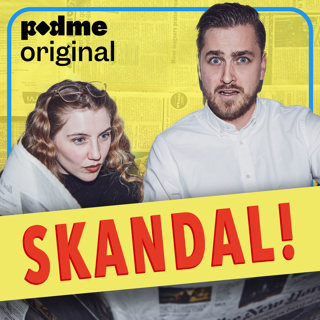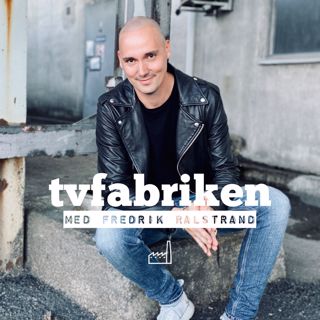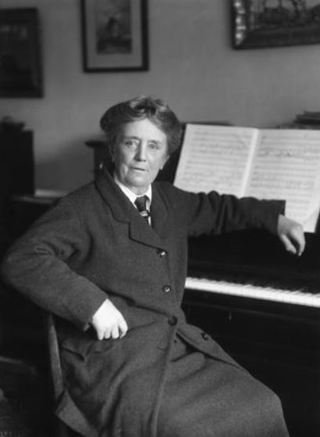
Ethel Smyth Serenade in D
I've mentioned Ethel Smyth a few times in the past on this show. This is partly because of her music, and partly because she remains one of the most interesting people who ever lived. She was a composer of course, but she was also a conductor and an author, as well as a political activist. Specifically, she was a suffragette, fiercely advocating for the rights of women to vote in her home country of the UK. As a composer Smyth wrote dozens of works, all of which are starting to become better known as performers and administrators look to bring more music by female composers onto concert stages around the world. Smyth did not have it easy, constantly fighting for her place, battling conductors, other composers, and even her own father, all for the right to be a composer. Today, after I introduce you to a bit more of Smyth's amazing biography, we're going to focus on her first orchestral work, her Serenade in D Major. This is a piece that certainly doesn't sound like a first orchestral piece, and it is full of all of the qualities that make Smyth's music so enjoyable to listen to - lush warmth, humor, raucous intensity, and the quiet passion that runs through the music of so many great British composers. Smyth's Serenade in D is starting to be performed more, and I'm really proud to be using my own recording of the piece for the show today, which I made with the Lausanne Chamber Orchestra in 2021. It is only the second professional recording of the piece, and the recording has just been released on Claves Records. So today, we're going to go through this wonderful piece and also spend some more time in the wild and unpredictable world of Dame Ethel Smyth. Join us!
1 Feb 202448min

Dvorak Cello Concerto
When you think of the genre of the concerto, you might be thinking of something like this: virtuoso fireworks, perhaps over romantic gestures designed simply to show the soloist off, and a rather pedestrian orchestral part, giving the soloist all of the spotlight while the conductor and orchestra are mere accompanists. Of course, this is a huge generalization and it isn't true about many concertos. But of all of the concertos that I conduct regularly, and hear regularly, there is one that always stands out as the exception to the rule: Dvorak's Cello Concerto. The Dvorak deserves every bit of popularity it has received over the years. In fact, you could argue that it is THE perfect concerto. It's enjoyable to play, perfectly written for the cello, enjoyable to listen to, and enjoyable to accompany for the orchestra. It has everything, which makes it all the more shocking to think that before Dvorak wrote the piece, he didn't even think of the cello as a suitable instrument for a solo piece! But once convinced of the cello's viability as a solo instrument, Dvorak gave everything to to the piece. We'll talk all about the sometimes tragic history behind the writing of the concerto, the specific difficulties it places on the cellist, the conductor, and the orchestra, and of course, go through the piece in detail, pointing out all the different facets that result in the Dvorak being perhaps the greatest of all concertos. Join us! Cellist: Miklos Perenyi
18 Jan 202448min

Bernstein: Symphonic Dances from Westside Story
We're back! Welcome to Season 10! Leonard Bernstein to his wife: "These days have flown so -- I don't sleep much; I work every -- literally every -- second (since I'm doing four jobs on this show -- composing, lyric-writing, orchestrating and rehearsing the cast). It's murder, but I'm excited. It may be something extraordinary. We're having our first run thru for PEOPLE on Friday -- Please may they dig it!." Westside Story ran for 732 performances, spawned a movie that won 11 Academy Awards, and is still a go to on every list of the greatest Broadway Musicals ever written. The collaboration between Leonard Bernstein, Stephen Sondheim, and Jerome Robbins was a revolution on par with the collaborations of Stravinsky, Diaghilev, and Nijinsky with the Rite of Spring. Simply put, no Broadway show had ever been so gritty, so tragic, and so raw. This was a musical, a comedy, a tragedy, a political statement, and most importantly, a stunningly revolutionary work of art by these collaborators. And today, I want to tell you about the music, and more specifically, the Symphonic Dances from Westside Story; an arrangement that Bernstein made with his colleague Sid Ramin 3 years after the show's premiere. The Symphonic Dances brought Bernstein's electric music from the theatre to the concert stage, and it's stayed there ever since. So today, we'll go through each number, talking about just what makes this music so great, and also about the show itself - its background, its production, and the issues that Bernstein, Laurents, Sondheim, and Robbins were trying to tackle, all through the eyes of a tale of woe about Juliet and her Romeo, or of course, Maria and Tony. Join us!
4 Jan 202446min
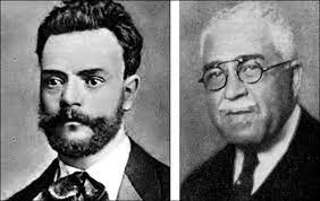
Dvorak Symphony No. 9, "From the New World" - LIVE with the Aalborg Symphony!
I had the great joy to do my first ever live edition of Sticky Notes last month with the Aalborg Symphony in Denmark. For this concert, I chose a piece that is extremely close to my heart, Dvorak's New World Symphony. The story of the New World Symphony is a fascinating one. The symphony was the result of an extraordinary series of events, with Dvorak coming to America in 1892, meeting the great singer Harry Burleigh, and falling in love with a totally new, to him, genre of music: Black American and Native American folk music. Listening to Burleigh and other voices around America, Dvorak had discovered a new "American" sound for his music, and even though he would end up staying in the US for just three years, in that time he composed two of his most popular pieces, the American String Quartet, and the New World Symphony But of course, the New World Symphony isn't really an American piece. It is a piece written in America by a Czech composer, which means it embodies traits from both sides of the Atlantic. Moments of Black American influence elide into Czech Slavonic Dances and back again with incredible ease. All along the way, Dvorak infuses his highly traditional symphonic style with this "American" sound, a sound that enraptured the public from the very first time they heard it, and remains both incredibly popular and incredibly moving, today. Join myself and the Aalborg Symphony for this exploration of the symphony, followed by a complete performance. I'm extremely grateful to the Danish Radio for allowing me to use this performance for the show.
16 Nov 20231h 42min
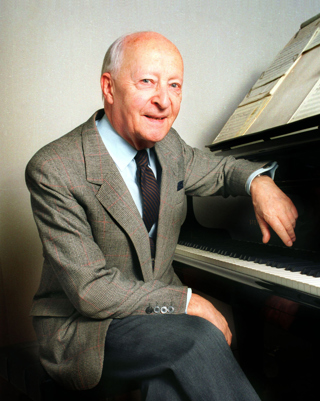
Lutoslawski Concerto for Orchestra
Throughout the history of Western Classical Music, folk music has imprinted itself as an invaluable resource for composers from all over the world. In fact, it's easier to make a list of composers who never used folk music in their compositions than it is to make a list of the composers who did! This tradition began long before the 20th century, but the work of composers like Bartok and a resurgence in the influence of nationalist music sparked a massive increase in composers using folk music throughout the 20th century and into the 21st. Bartok is thought of as the king of using folk music, as he was essentially the worlds first ethnomusicologist. But Stravinsky, who used dozens of uncredited folk tunes in his Rite of Spring, as well as Bernstein, Copland, Gershwin, Grainger, Vaughan Williams, Szymanowski, Dvorak, and so many others embraced folk music as an integral source for their music. This was in stark contrast to the second Viennese school composers like Schoenberg, Berg and Webern, and post World War II composers like Stockhausen, Boulez, and others who deliberately turned their backs on folk music. One composer who straddled both worlds during their lifetime was the Polish composer Witold Lutoslawski, a brilliant composer whose career started out in the folk music realm, though not entirely by choice, and ended up in music of aleatory, a kind of controlled chaos! One of his first major works, the Concerto for Orchestra is the topic for today's show, and it is heavily influenced by folk music from start to finish. It is a piece also inspired and might even be a bit of an homage to the great Bela Bartok and his own Concerto for Orchestra, which was written just ten years earlier. Lutoslawski, if you're not familiar with him, is one of those composers that once you learn about him, you can't get enough of him. I'll take you through this brilliant and utterly unique piece today from start to finish. Join us!
9 Nov 20231h 2min
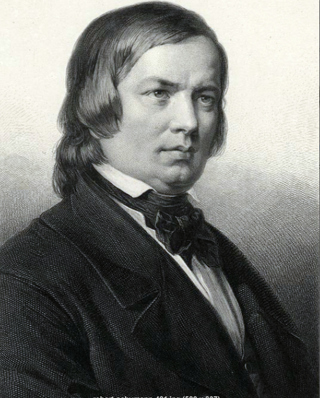
R. Schumann Piano Concerto
In January of 1839, Clara Wieck, Robert's future wife, wrote to Robert, "Don't take it amiss if I tell you that I've been seized by the desire to encourage you to write for orchestra. Your imagination and your spirit are too great for the weak piano." Clara knew that she would have struck a nerve with Robert, whose history with the piano was full of trials and tribulations. Robert had trained as a pianist, but a 3 year period of reckless amounts of practicing as well as the exacerbating effects of experimental devices meant to strengthen his fingers had destroyed his ability to play professionally. But already from the age of 17, in 1827, Robert had considered writing a piano concerto, probably for himself to perform. He made 4 further attempts to write a concerto, but it seems, like so many things in Schumann's life, that his marriage to Clara was the final inspiration that he needed to get over the hump. It made sense, as Clara Schumann was possibly the greatest pianist of her age, and someone who was ceaselessly devoted to promoting her husband's works wherever she played. In 1841, one year after their marriage, Robert finished a one movement piano concerto in A minor, which he called a Phantasie. Clara reported adoring the piece, but no publisher was interested in the work of a still relatively unknown composer. They were especially uninterested in a on movement concerto, and so Robert knew he needed to "finish" the piece with two extra movements. It would take him 4 more years to finally tack on those extra movements, and the first performance would be given 4 years after that Phantasie had been written, of course with Clara as soloist. This concerto has remained popular practically ever since it was written, and there are so many reasons for it, from its arresting opening, to its abundant lyricism, to its constant interplay with the orchestra, something that Robert grappled with when writing this concerto. This piece is one that doesn't have a story behind it, or any sort of narrative - it lives in the world as a sort of fantasy, constantly evolving in its beauty throughout. We're going to talk about this piece in detail, from start to finish on this Patreon Sponsored Episode. Join us!
2 Nov 202348min
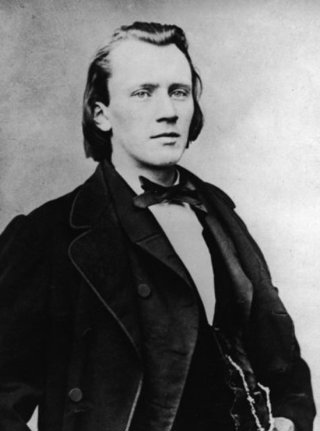
Brahms Violin Concerto
Brahms' violin concerto is one of the most difficult works for any violinist to tackle. It is as virtuosic as the hardest piece of Paganini as well as being as musically complex as a Brahms symphony. It takes most violinists years or even decades to feel comfortable with this piece, and many violinists consider it a kind of Mount Everest. Why? What makes this piece so complex, and yet so beautiful? What kind of choices do violinists make in their interpretations? For today, I'm not only going to tell you about this piece and how Brahms composed it, but I'm also going to compare 3 different recordings of the piece(Heifetz, Oistrakh, and Ferras) in order to show you the differences in interpretations between these 3 titanic violinists. We'll also talk about many of the topics we've covered before with Brahms; continuous development, gorgeous melodies, and that amazing Brahmsian quality of both respecting established forms while constantly subtly subverting them. Let's start the climb together and get to know this remarkable piece. Join us!
26 Okt 202350min
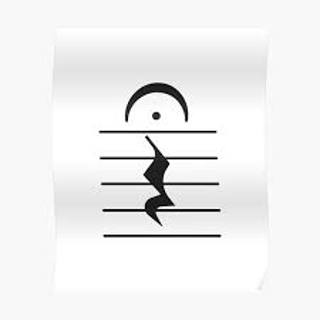
What Does Music Mean?
Today is a bit of an unusual episode. Last month I was invited by the British Society of Aesthetics to address their annual conference. My task was to give a lecture on whatever topic I wanted, having to do with music. So, considering it was an Academic Philosophy conference, I chose the easiest and most straightforward topic possible - What Does Music Mean? Obviously, this is a topic that has been interrogated from just about every different angle, and I certainly would never claim to have all the answers. But for my lecture, I decided to focus on how to find meaning in these amazing works from a performer's perspective. How do I study and learn these pieces so that I can find the meaning that I think is inside of them? What does history teach us about these pieces and can we use history to find meaning in these works? To try to answer these questions I chose three pieces to explore - Beethoven's Eroica Symphony, Barber's Adagio for Strings, and Shostakovich's 5th Symphony. After the lecture I realized it could easily be a podcast episode, so I've slightly changed a few things to make the lecture a bit more podcast-friendly. I hope you enjoy this one, and thanks to the British Society of Aesthetics for their invitation and their warm welcome!
19 Okt 202352min
